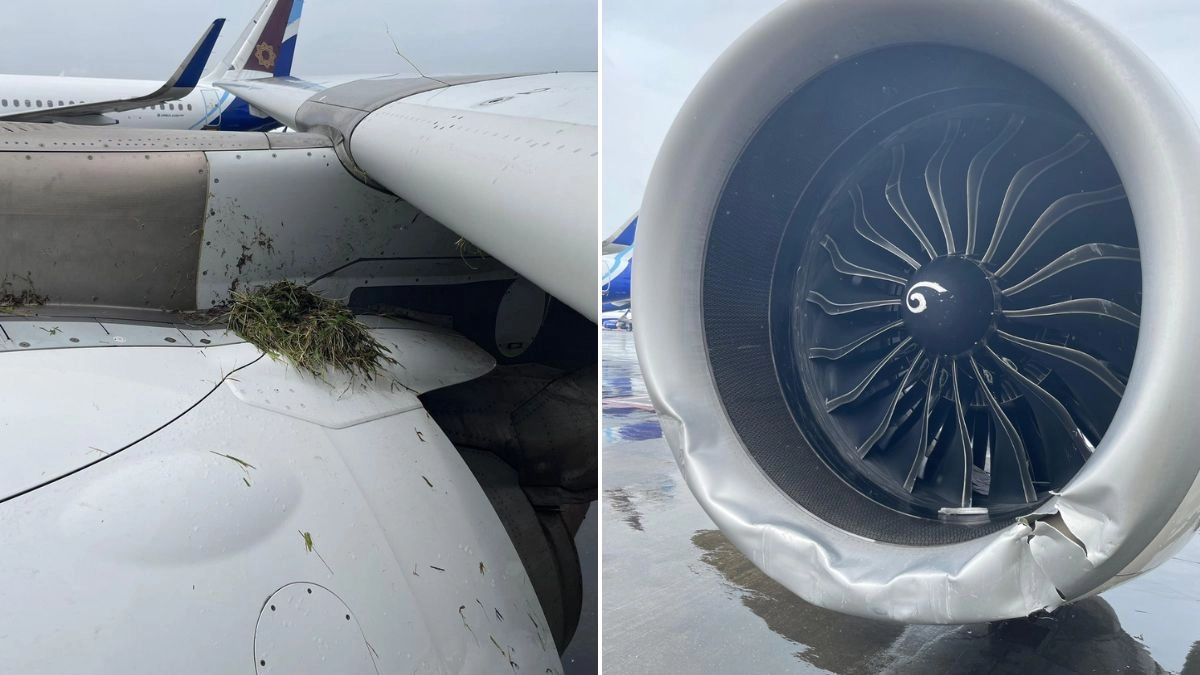On a recent flight landing at Mumbai Airport, an Air India aircraft experienced a harrowing incident that could have had dire consequences. As the plane approached the runway for touchdown, it came alarmingly close to a catastrophic accident. Reports indicate that one of the aircraft’s engines sustained significant damage during this critical phase of flight. The close shave serves as a stark reminder of the inherent risks involved in aviation, particularly during landing—a phase that is often considered one of the most vulnerable times for an aircraft.
The incident unfolded as the Air India plane was descending towards Mumbai, a bustling hub for air traffic. Eyewitness accounts describe the moment as tense, with passengers on board feeling the immediate impact of the situation. While the details surrounding the engine damage are still under investigation, initial assessments suggest that it may have been caused by a foreign object on the runway or a mechanical failure. Fortunately, the crew’s training and quick thinking ensured that the landing was executed safely, averting what could have been a tragic scenario.
In the wake of the incident, aviation authorities have ramped up their scrutiny of safety protocols and runway maintenance to prevent similar occurrences in the future. The incident has raised questions about the effectiveness of current safety measures and the need for ongoing improvements. Air India, a major player in the Indian aviation sector, has faced scrutiny over past incidents, making it imperative for the airline to reassess its operational safety standards to restore public confidence. The incident serves as a critical reminder of the importance of rigorous maintenance, thorough inspections, and adherence to safety protocols in the aviation industry.
As investigations continue, it is essential for stakeholders in the aviation community—including airlines, regulatory bodies, and airport authorities—to collaborate closely in enhancing safety measures. The aviation industry must learn from such incidents to fortify their systems and practices, ensuring the safety of passengers and crew alike. This close call not only underscores the need for vigilance in aviation safety but also highlights the resilience of the crew who managed to avert disaster when faced with a significant challenge. Ultimately, the safety of air travel hinges on collective efforts to prioritize and implement stringent safety measures at every level.




